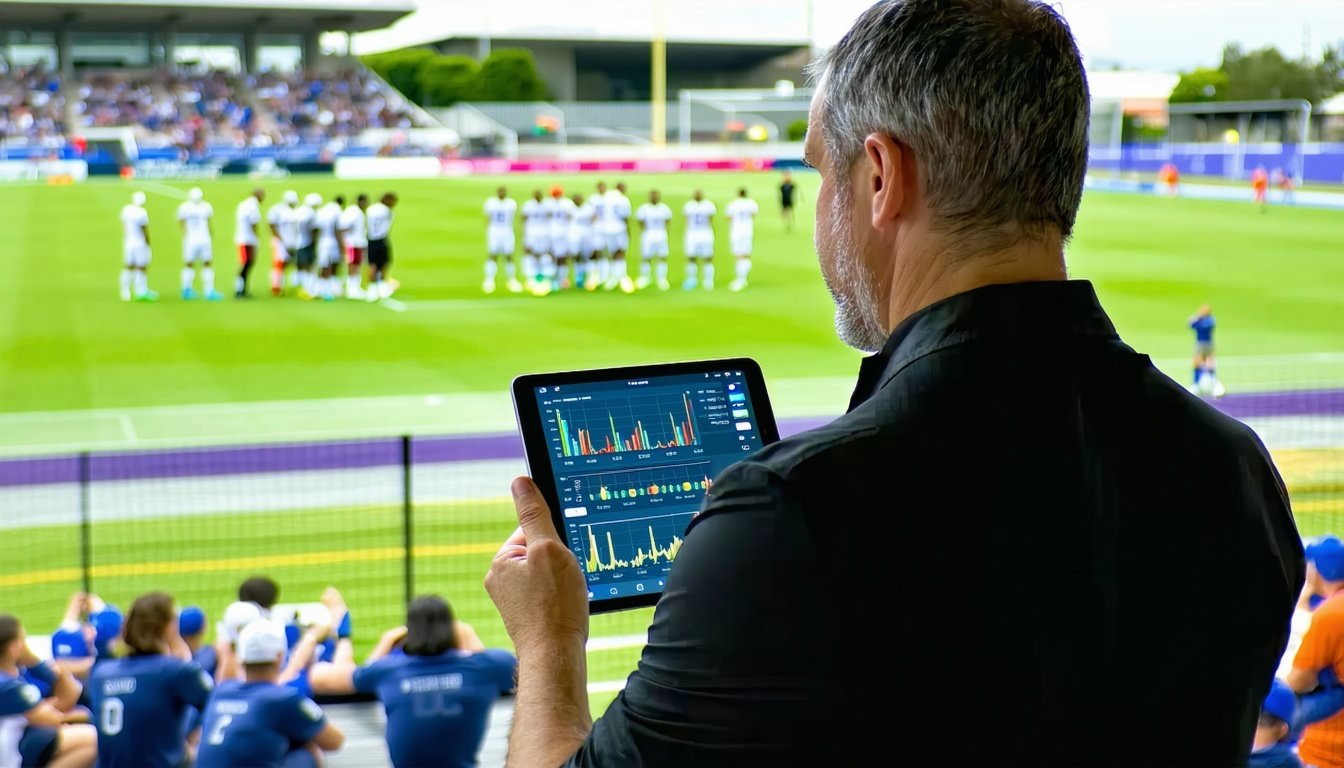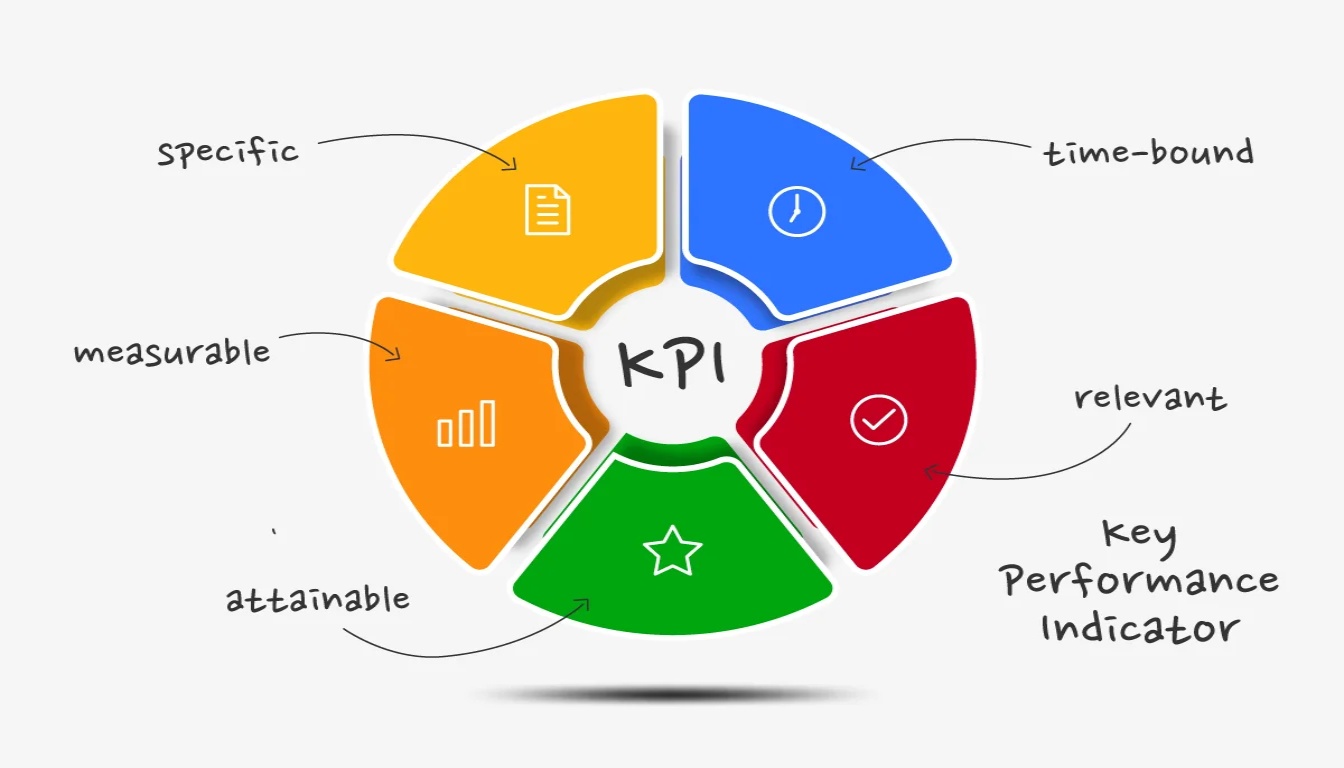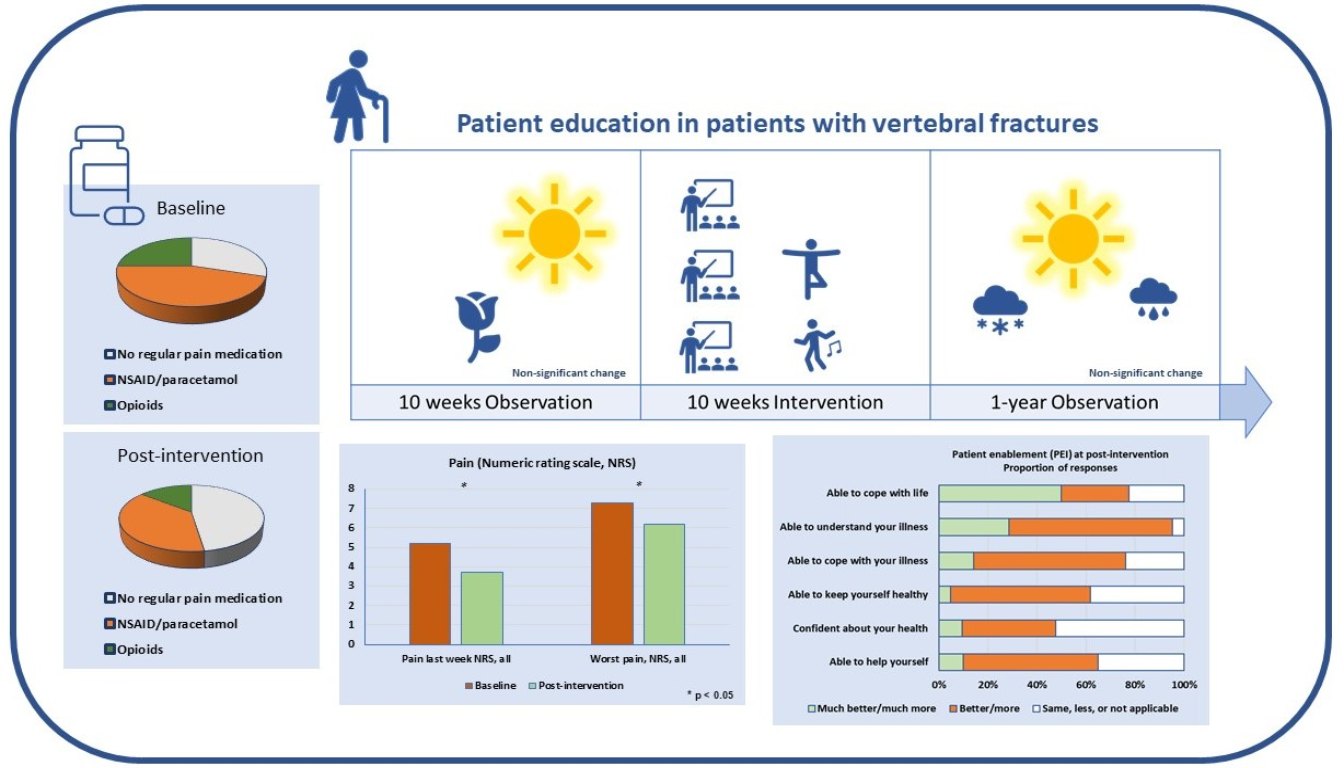In the high-stakes world of professional sports, making informed decisions can be the difference between winning and losing. Discover how data-driven strategies are revolutionizing the game.
The Evolution of Data Analytics in Sports
Data analytics in sports has come a long way from simple statistics to complex modeling and predictive analytics. Initially, teams relied on basic metrics like points scored, rebounds, and batting averages. However, with the advent of technology, data analytics has evolved to include advanced metrics, video analysis, and real-time data feeds.
Today, sports analytics encompasses a wide range of data points, from player performance metrics to fan engagement levels. Teams use this data to make informed decisions on everything from player acquisitions to in-game strategies, fundamentally changing the landscape of professional sports.
Key Metrics That Drive Performance
Understanding which metrics are crucial for performance is essential for making data-driven decisions. Key performance indicators (KPIs) in sports often include player efficiency ratings, injury probabilities, and even psychological metrics like player morale.
For instance, in basketball, metrics such as Player Efficiency Rating (PER) and Win Shares provide a more comprehensive view of a player’s impact on the game. In soccer, Expected Goals (xG) and Pass Completion Rates are becoming increasingly important. These metrics help coaches and managers tailor training programs and game strategies to optimize performance.
Integrating Data Analytics into Coaching Strategies
Integrating data analytics into coaching strategies involves more than just collecting data; it requires a systematic approach to applying insights. Coaches and analysts work together to develop models that can predict opponent strategies, identify weaknesses, and optimize player performance.
For example, many teams now use wearable technology to monitor players’ physical conditions in real-time. This data helps in making crucial decisions like when to substitute a player or how to adjust training loads to prevent injuries. By aligning data insights with coaching strategies, teams can gain a competitive edge.
Case Studies: Success Stories from Professional Teams
Several professional teams have successfully implemented data-driven strategies to achieve remarkable results. The Oakland Athletics, famously depicted in the book and movie ‘Moneyball,’ used data analytics to build a competitive team on a limited budget. Their success inspired other teams to adopt similar approaches.
Another example is the NBA’s Golden State Warriors, who have utilized advanced analytics to become one of the most successful teams in recent years. Their use of data to optimize three-point shooting and player rotations has set new standards in the league.
Future Trends in Sports Data Analytics
The future of sports data analytics is promising, with emerging technologies set to revolutionize the field further. Artificial Intelligence (AI) and Machine Learning (ML) are already being used to predict player performance and injury risks with greater accuracy.
Moreover, the integration of Augmented Reality (AR) and Virtual Reality (VR) in training programs is expected to provide more immersive and effective training experiences. As technology continues to evolve, the potential for data analytics to drive success in professional sports will only increase.




